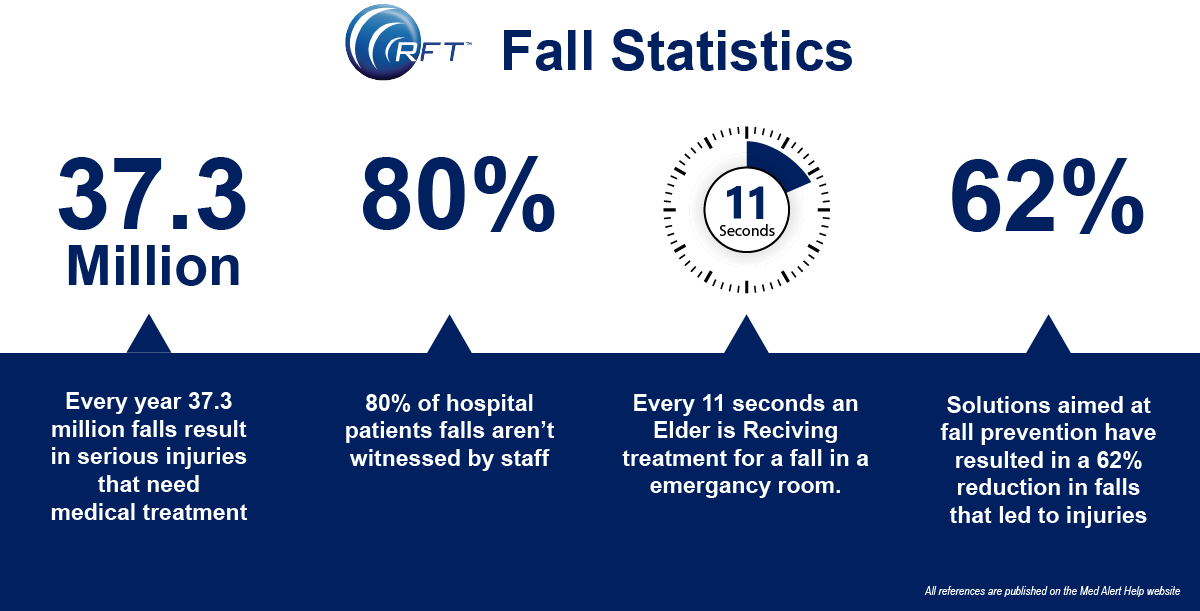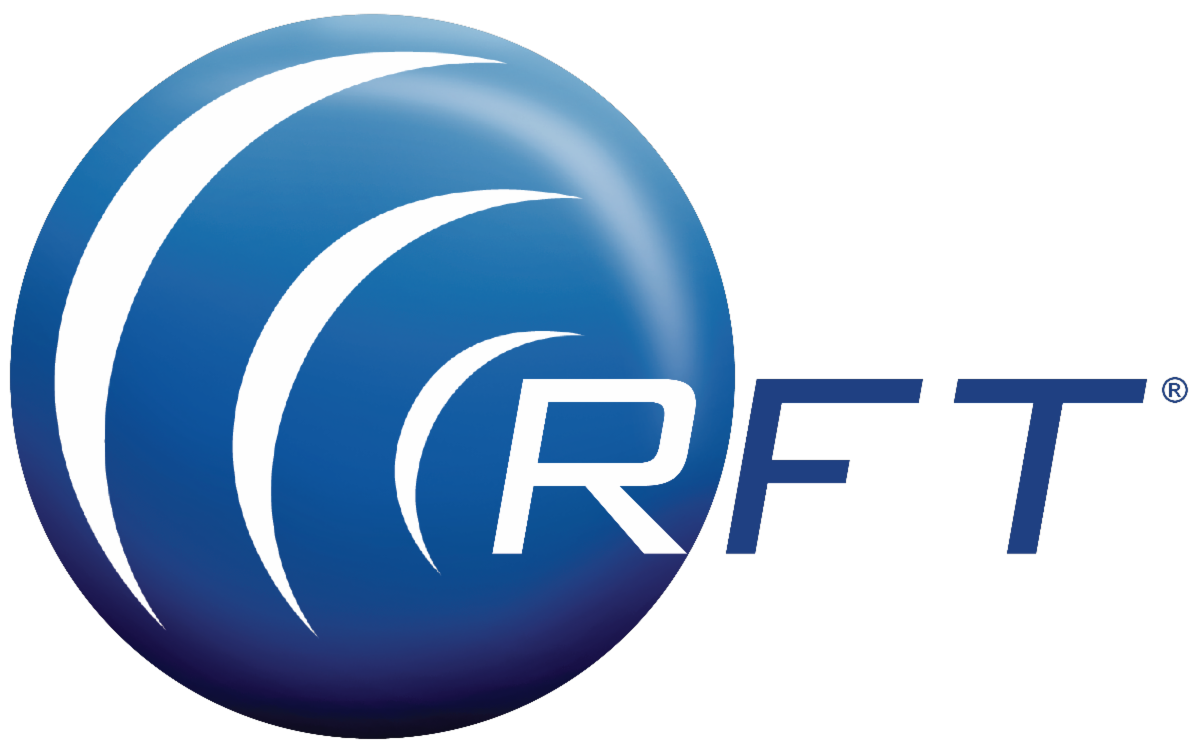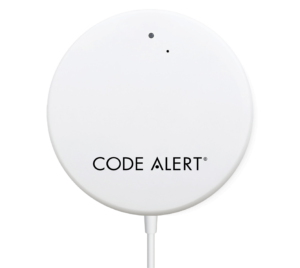Passive Fall Detection Systems: How to Protect Your Loved Ones and Preserve Their Privacy
Passive Fall Detection Systems:
How to Protect Your Loved Ones and Preserve Their Privacy
In this day and age, passive fall detection systems are becoming the norm for predicting and reacting to elderly falls. A fall can be an extremely alarming event for both the person who falls and the people around him or her, particularly if the fall results in injury or trauma. In some cases, falls can even be fatal, especially when they occur in public spaces that aren’t private or properly equipped to handle such events. If you’re currently working with or planning to work with elderly individuals who might be at risk of falling, you may want to look into a fall detection system so that you’re aware of when someone in your care falls.
What is Fall Detection?
Fall detection is a passive monitoring system that uses technology to detect falls and alert for assistance. A fall detection system is an invaluable medical alert tool that enables a rapid fall response for seniors that are prone to falls without the need for pressing a call button.
Factors That Affect Elderly Fall Risk

Some of the factors that affect elderly falls include the type of falls, precursors to falls, and interventions to prevent falls. Read more about types of falls, conditions that make you more likely to fall, and how to improve safety to prevent falls in our previous blog, Elderly Falls: Facts and Stats.
Five Reasons Senior Living Facilities Should Implement a Fall Detection System
[/vc_column_text][vc_video link=”https://youtu.be/KdOerBTGrT0″][vc_column_text]
Earlier Help –
Facilities that install a fall detection system improve response time during a fall. Facilities with a fall detection system ensure a rapid fall response that is 30 minutes earlier, on average, than facilities that lack a system.
Eliminate Negligence –
Fall detection systems can help eliminate negligence. When a system detects a fall, it alerts staff so they can respond. Also, the alerts are only cleared when responded to so that no alert goes ignored.
Reduce Litigation –
With a fall detection system in place, the timeline, and the risk of falling can be assessed. The system provides clear, definitive data about a fall, when it occurred, and how long it took for staff to respond.
Lower Costs –
A fall detection system also helps to lower costs by properly allocating time and resources. Staff time can be utilized more efficiently, and staff can be deployed in the instance of a fall.
Promote Independence –
Many people who fall become more afraid of falling in the future. This fear causes anxiety resulting in a reduction in activity. With a fall detection system in place, residents are provided peace of mind and a reduction of fear. Fear reduction leads to increased activity that combats atrophy and lowers the chance of falling.
How to Select the Best Fall Detection System for Your Needs
The best fall-detection system for your needs is the one that provides a rapid fall response, helps you maintain dignity by being discreet, and gives you peace of mind that your loved ones are safe. There are many different kinds of fall detection systems available on the market, but it’s important to choose one that suits your needs best. Fall detection systems provide safety without intruding on privacy or day-to-day life. Some examples of these include nurse call systems, medical alerts, and life alert devices. A fall detection system should be dignified and discrete so as not to disrupt daily living activities or cause embarrassment to seniors.
What Do Senior Fall Detection Devices Look Like?
Active Fall Detection Devices
There are a variety of fall detection systems on the market. Current active fall detection devices include those that are either worn or located at a fixed position.
Devices that are worn resemble pendants or watches. When a fall occurs, the user needs to activate the device by pushing a button.
Passive Fall Detection Devices
New camera-free imaging radar sensors provide constant supervision, while always maintaining privacy. These devices are affixed around a residence or patient room.
How to Select A Fall Detection System
Why Dignity and Privacy Matter when Selection a Fall Detection Solution
A fall detection system is a must-have for any senior living facility. And while there are many options available, it’s important that the system you choose not only be effective but also dignified and discrete. That’s why RFT provides both fall detection and fall alarming solutions – ensuring that residents can live with dignity while being protected from falls at all times. With RFT’s Quick Response Fall Detection, you’re not only choosing a quality product; you’re choosing peace of mind knowing your residents, patients, or loved ones are always safe.
A Fall Detection System from RF Technologies
RFT, a leading provider of fall management solutions and services, debuted Quick Response® Fall Detection in late 2022. The system protects residents and a facility’s bottom line while alerting latent falls. The system maintains resident dignity as it detects falls without the use of cameras. The fall detection solution uses artificial intelligence (AI) technology, along with 4D sensor technology to monitor patients 24/7 and issue alerts, in real-time, to caregivers through Code Alert Enterprise Software.
Unique to the Quick Response Fall Detection system, caregivers are even notified of latent falls, also known as falls that go unreported by a senior. These latent fall alerts provide insight to caregivers that a senior may suffer a more serious fall in the future.
RFT’s fall detection system is a professionally installed solution. Quick Response Fall Detection protects seniors and respects their dignity without the use of cameras. The monitoring system ensures a rapid fall response that is 30 minutes earlier, on average, versus a facility that lacks a system.
The fall detection system minimizes liability by eliminating negligence-related litigation, regulatory fines, and higher insurance costs.

